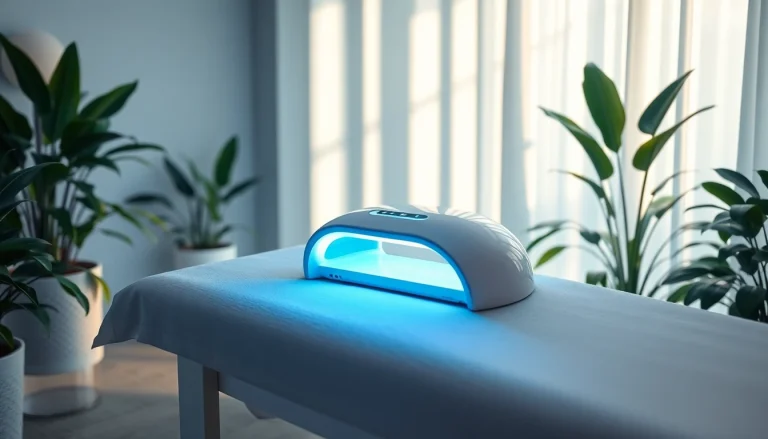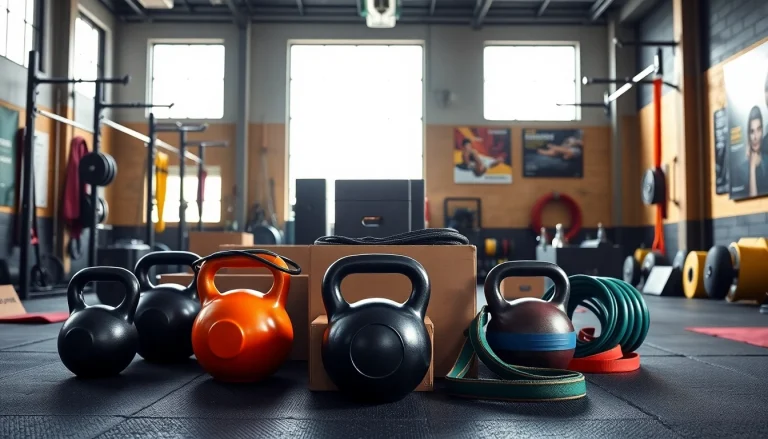Understanding Essential Oils
What Are Essential Oils?
Essential oils are concentrated extracts obtained from various parts of plants, including flowers, leaves, bark, stems, and roots. They capture the plant’s natural fragrances, flavors, and beneficial properties, making them highly sought after in aromatherapy, cosmetics, and natural medicine. These volatile compounds are often responsible for the plant’s characteristic scent and can possess therapeutic qualities that promote wellness and balance. For individuals interested in a holistic approach to health and relaxation, essential oils can serve as a powerful tool.
How Essential Oils Are Extracted
The extraction of essential oils can be accomplished through several methods, each with its own advantages and disadvantages. The most common techniques include:
- Steam Distillation: This is the most widely used method, where steam passes through plant material, causing the essential oil to evaporate. The steam and oil are then condensed back into a liquid, separating the oil from the water.
- Cold Press Extraction: Primarily used for citrus oils, this method involves mechanically pressing the plant material (like citrus rinds) to release the essential oils.
- Solvent Extraction: For more delicate flowers that cannot withstand heat, a solvent such as alcohol may be used to dissolve the essential oil. The solvent is then evaporated, leaving pure essential oil behind.
- CO2 Extraction: A more modern method that uses carbon dioxide under high pressure to extract oils. This process can produce oils that retain a greater complexity of scent and therapeutic properties.
The Benefits of Using Essential Oils
Essential oils have gained popularity for their diverse applications and potential health benefits. Here are some notable advantages:
- Stress Relief: Many essential oils, such as lavender and chamomile, are known for their calming properties, helping to reduce anxiety and promote relaxation.
- Improved Sleep: Diffusing essential oils before bedtime can create an environment conducive to sleep, enhancing both the quality and duration of rest.
- Natural Remedies: Certain essential oils can support your immune system and provide relief for ailments, such as headaches or digestive issues.
- Enhanced Mood: Aromatic compounds can influence mood and emotions. Uplifting scents like lemon or peppermint can invigorate energy levels and improve focus.
- Skin Care: Essential oils such as tea tree and frankincense have properties that support skin health, helping to reduce the appearance of blemishes and signs of aging.
Popular Essential Oils and Their Uses
Lavender Essential Oil: Sleep and Relaxation
Lavender essential oil is often touted for its calming effects. Its soothing aroma helps lower cortisol levels and promotes relaxation, making it an ideal choice for winding down after a long day. Many individuals incorporate lavender into their nighttime routine by using it in a diffuser or adding a few drops to their pillow or bedsheets.
Peppermint Essential Oil: Energy and Focus
Peppermint essential oil is acclaimed for its invigorating scent, which can boost energy and sharpen focus. Many people use peppermint oil in their workspaces or during study sessions to enhance concentration and mental clarity. Additionally, it can provide relief from headaches when diluted and applied topically.
Eucalyptus Essential Oil: Respiratory Relief
Eucalyptus essential oil is particularly popular during cold and flu seasons due to its ability to support respiratory health. When inhaled, its antimicrobial properties help alleviate symptoms of congestion and sinus discomfort. Using eucalyptus oil in a steam inhalation or adding it to a diffuser can provide significant respiratory relief.
How to Use Essential Oils Safely
Dilution Guidelines for Essential Oils
While essential oils are natural, they are highly concentrated and can cause skin irritation if used undiluted. To use essential oils safely, always dilute them with a carrier oil before applying them to the skin. A common dilution ratio is 2-3 drops of essential oil per teaspoon of carrier oil (like coconut or almond oil). For young children, pregnant women, or those with sensitive skin, consider using even lower concentrations.
Diffusing Essential Oils: Best Practices
Diffusing essential oils allows for their aromatic properties to fill the air, benefiting those in the vicinity. When using a diffuser:
- Follow the manufacturer’s recommendations for the amount of essential oil to use.
- Keep the diffuser clean to prevent any buildup of residue that could alter the scent.
- Diffusing essential oils for short intervals (15-30 minutes) is often more effective than prolonged diffusion.
- Ensure adequate ventilation to maintain optimal indoor air quality.
Topical Application Tips
When applying essential oils to the skin, it’s crucial to conduct a patch test first. Apply a diluted mixture to a small area to check for any adverse reactions. Always keep essential oils away from sensitive areas, such as the eyes or mucous membranes.
DIY Essential Oil Recipes
Blending Essential Oils for a Personal Touch
Custom blends can magnify the benefits of essential oils and cater to individual preferences. When blending, aim to incorporate oils with complementary therapeutic properties and fragrances. Common blending bases include:
- Top Notes: These are the initial scents perceived, such as citrus or peppermint. They provide the initial burst of aroma.
- Middle Notes: Known as heart notes, these aromas emerge after the top notes dissipate. Lavender and geranium are great examples.
- Base Notes: These scents, such as cedarwood or patchouli, last the longest and provide depth to the blend.
Creating Your Own Massage Oil
Massage oils enhanced with essential oils can elevate your massage experience. A simple recipe involves mixing:
- 1/4 cup of carrier oil (such as sweet almond or jojoba oil)
- 10 drops of essential oil (choose oils like lavender for relaxation or eucalyptus for muscle relief)
Mix these ingredients in a bottle and shake gently to combine. Store your massage oil in a cool, dark place.
Essential Oil Roll-On Recipes
Roll-on blends offer a convenient way to enjoy the benefits of essential oils while on the go. To make a simple roll-on, combine:
- 10-15 drops of your chosen essential oils
- 2 tablespoons of carrier oil
Add the mixture to a roller bottle and cap it. Shake before use and apply to pulse points as desired for uplifting benefits.
Measuring the Impact of Essential Oils
Assessing Wellness Changes
To truly understand the benefits of essential oils, it’s essential to track changes in well-being. Consider keeping a journal that notes each application and its corresponding effects. This can help establish patterns and identify which oils work best for specific issues.
Essential Oils in Daily Routines
Incorporating essential oils into daily routines can enhance overall wellness. Here are some practical ways to include oils:
- Add a few drops of citrus oil to your morning routine for an energy boost.
- Use relaxation oils in a diffuser during your evening wind-down time.
- Integrate essential oils into your skincare routine by mixing with your facial moisturizer.
Feedback and Testimonials from Users
Real-life experiences can provide valuable insights into the impact of essential oils. Collecting feedback through surveys or online forums can showcase the benefits encountered by users. For instance, many individuals report improved sleep and reduced anxiety after incorporating lavender into their routines, reinforcing its popularity as a natural remedy.























+ There are no comments
Add yours